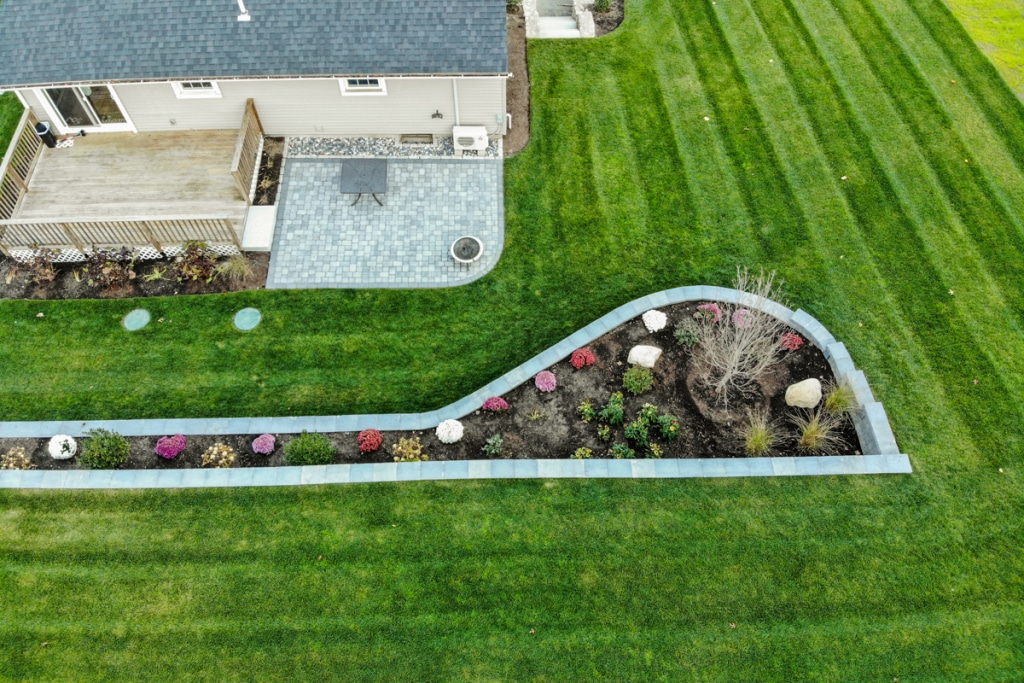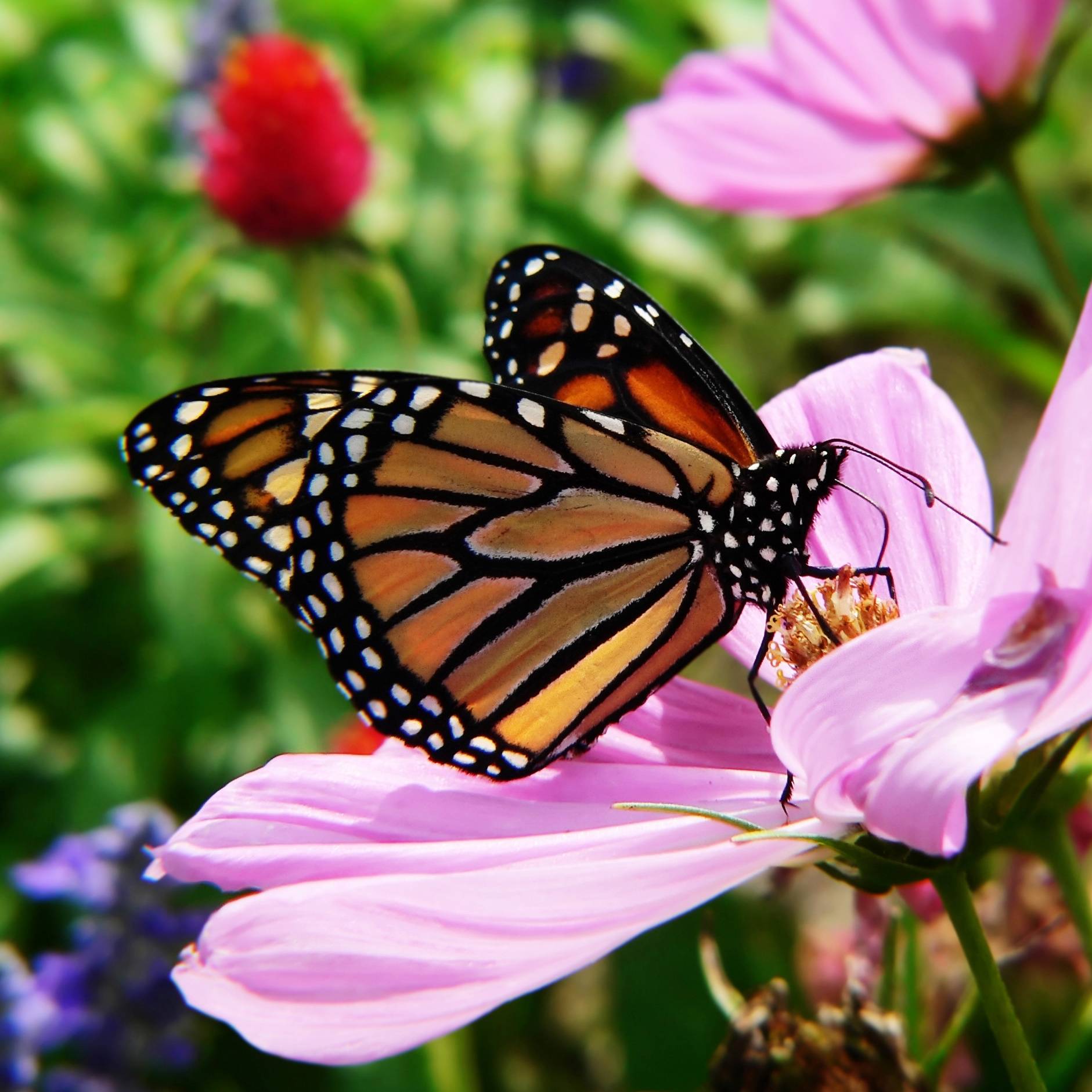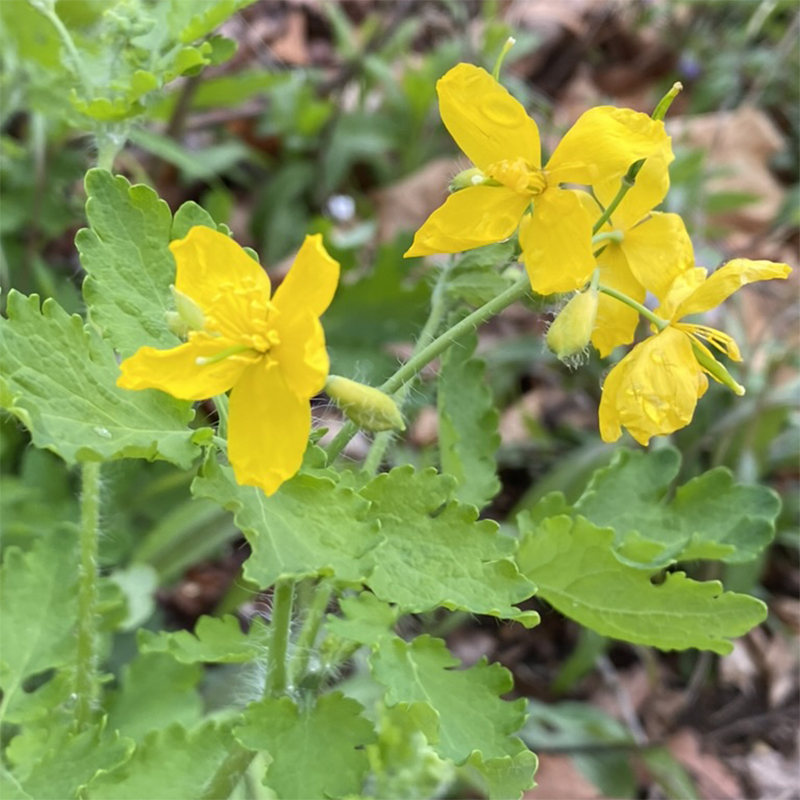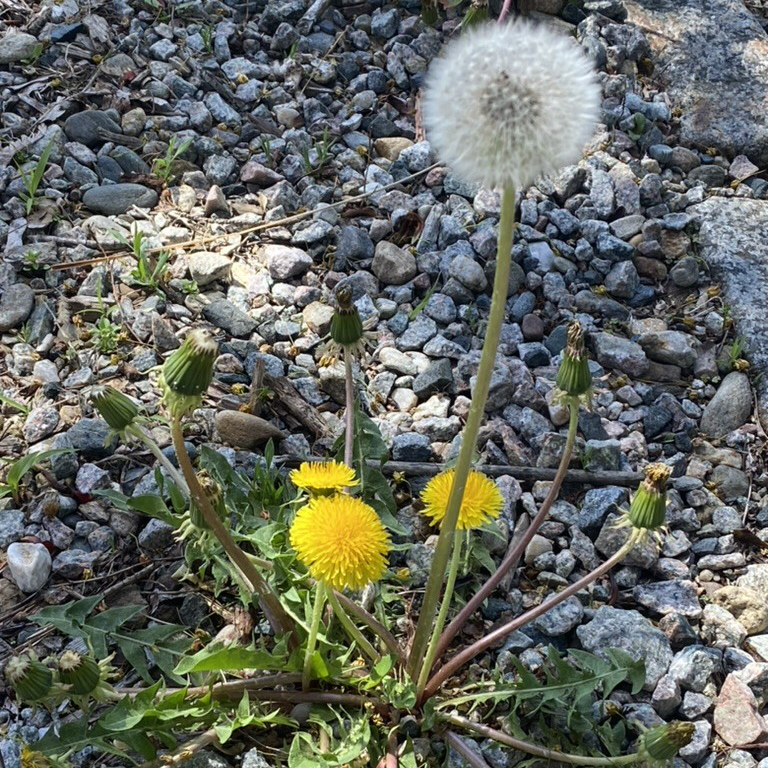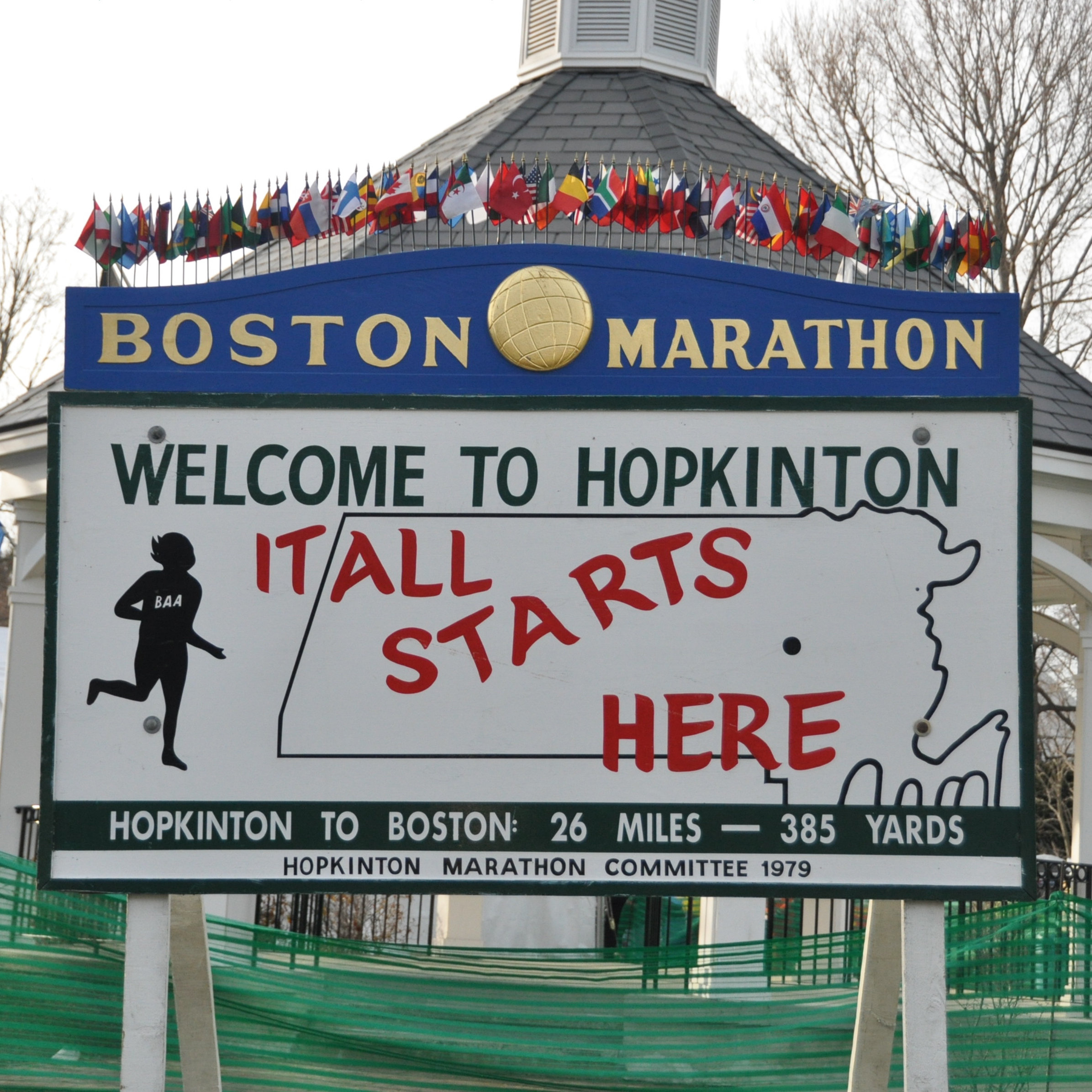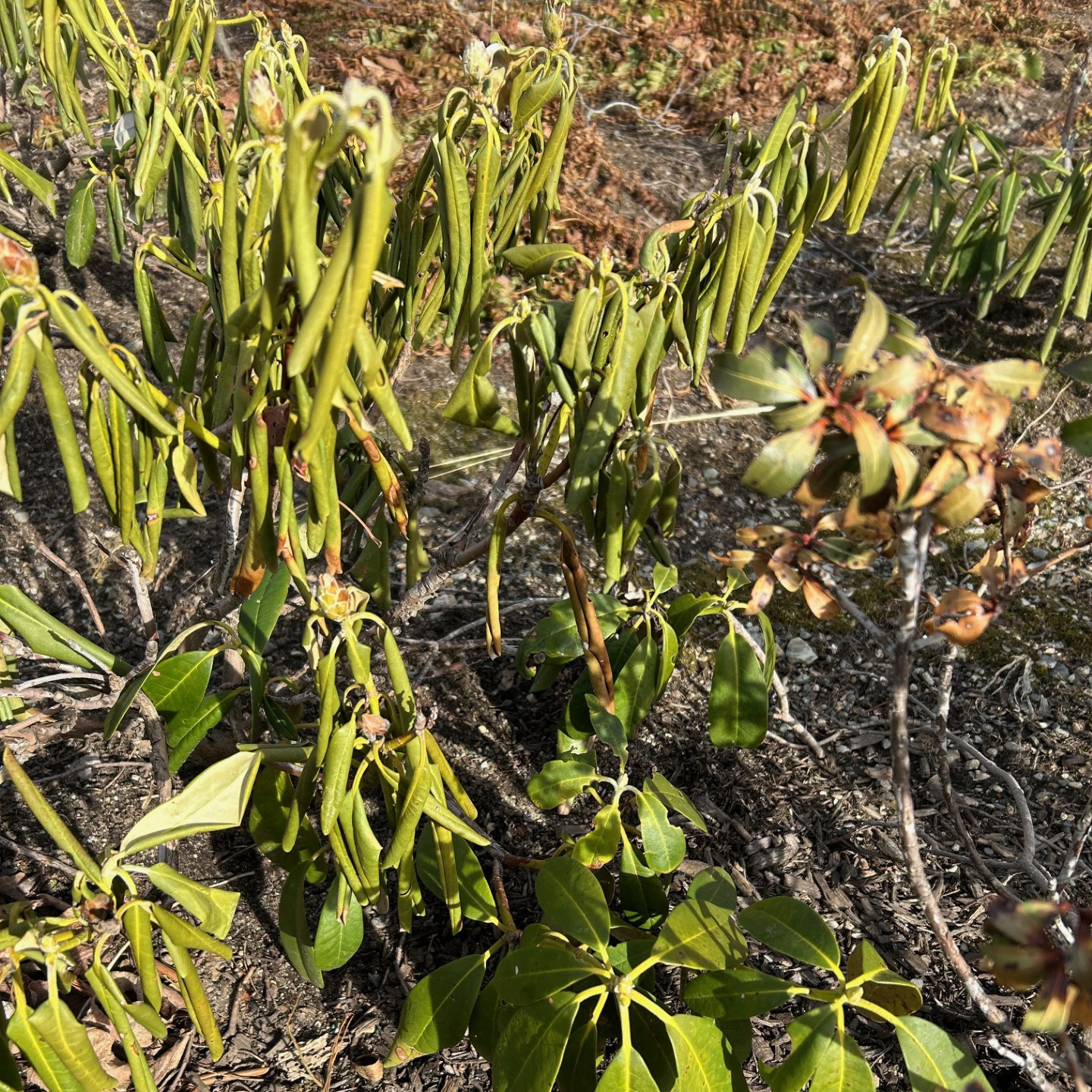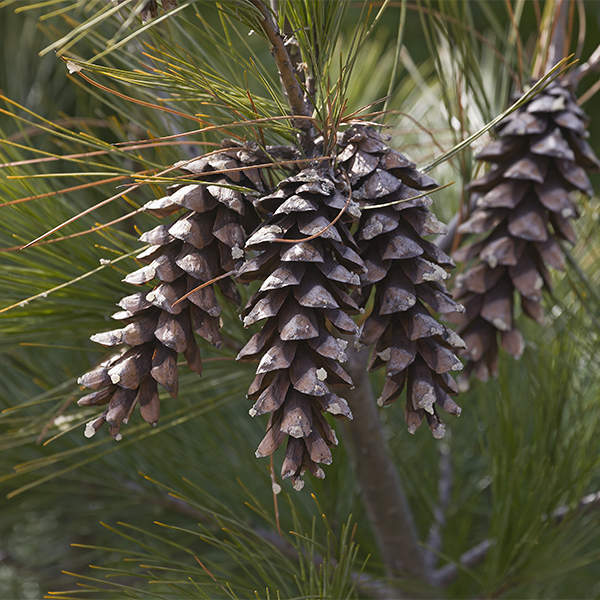
At our garden center many homeowners tell us they want trees and shrubs that grow quickly to create a mature effect in their yard. For the short-run, planting fast-growing trees and shrubs, even in smaller sizes, is appealing because they are affordable and fill spaces rapidly.
Fast-growing trees are certainly appropriate for many applications, and they can be a necessity for certain functions (screening, hedging, windbreaks, creating quick shade, etc.). But the years pass rapidly; it’s hard to envision how quickly some plants can outgrow their spaces, often exceeding our original expectations.
Fast-growing plants generally require more water and maintenance to keep them healthy and manageable. And unless the area is ample, they can outgrow their space in a relatively short time, often creating potentially expensive challenges.
For a variety of reasons, choosing some slower-growing trees and shrubs for your yard may be a prudent decision for longer-term enjoyment: plants that stay smaller take up less space in the garden; they are easier to maintain; they tend to live longer; they are more in scale, especially in small gardens; greater variety can be utilized in the same amount of space to better enhance texture and color in your yard.
Proper spacing at installation helps optimize the appeal of the plants in your garden. But determining how quickly your plants will grow, how large they will become and how soon, can be a confusing exercise. To assist in making the right selections, the American Conifer Society has published some useful definitions for conifers (needled evergreens) that will help simplify your choices:
- Miniature conifers grow 1” or less a year to reach less than 1 ft. in 10-15 years;
- Dwarf conifers grow 1-6” a year, reaching 1 to 6 ft. at 10-15 years of age;
- Intermediate conifers grow 6-12” a year, reaching 6–15 feet in 10-15 years;
- Large conifers grow more than 12” a year and reach from 15 ft. to hundreds of feet in 10-15 years.
While these size-and-growth-rate guidelines are designed for conifers, you’ll find that this concept is also useful for many other types of trees and shrubs. Understanding what size your plants will attain over time is a key consideration in optimizing the usefulness of your garden. Ask the horticulturists at your local garden center for advice; they are well equipped to discuss which plants will best suit your needs for both immediate enjoyment and long-term value.
Wayne Mezitt is a 3rd generation nurseryman, a Massachusetts Certified Horticulturist, now chairman of Weston Nurseries of Hopkinton, Chelmsford & Hingham MA, and owner of “Hort-Sense”, a horticultural advisory business. He currently serves in various capacities on several horticulturally-related organizations, including the Massachusetts Horticultural Society at The Gardens at Elm Bank in Wellesley MA, and chairman for the Massachusetts Invasive Plant Advisory Group (MIPAG).

